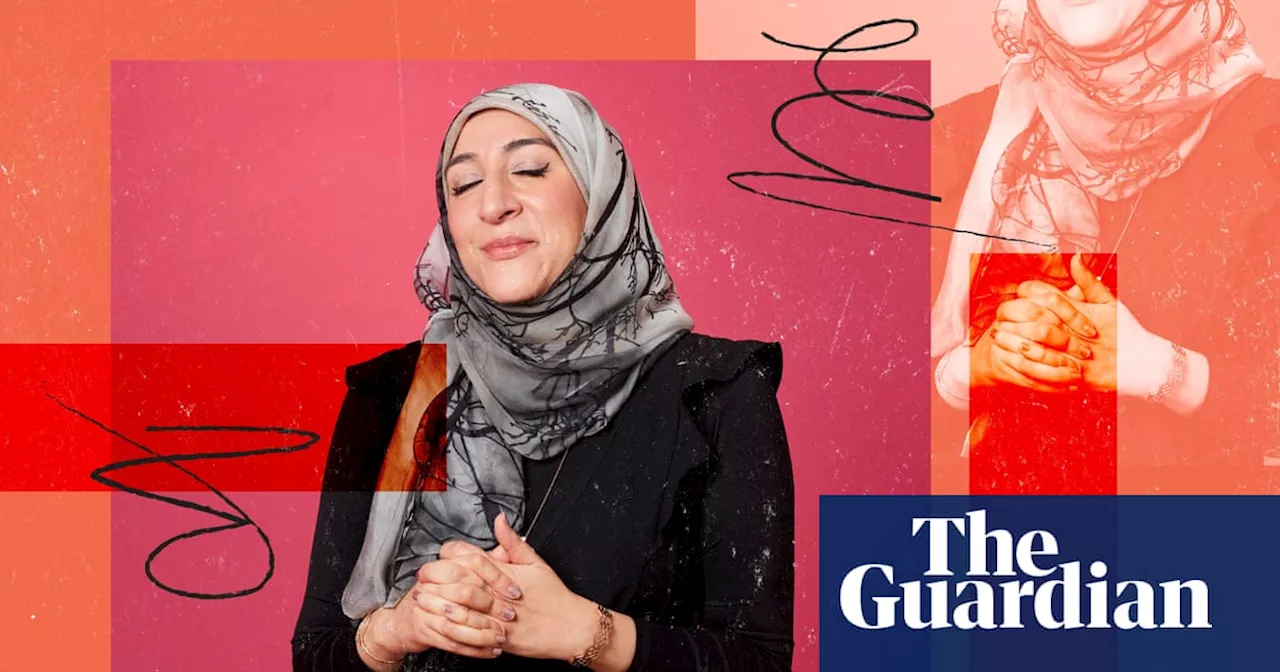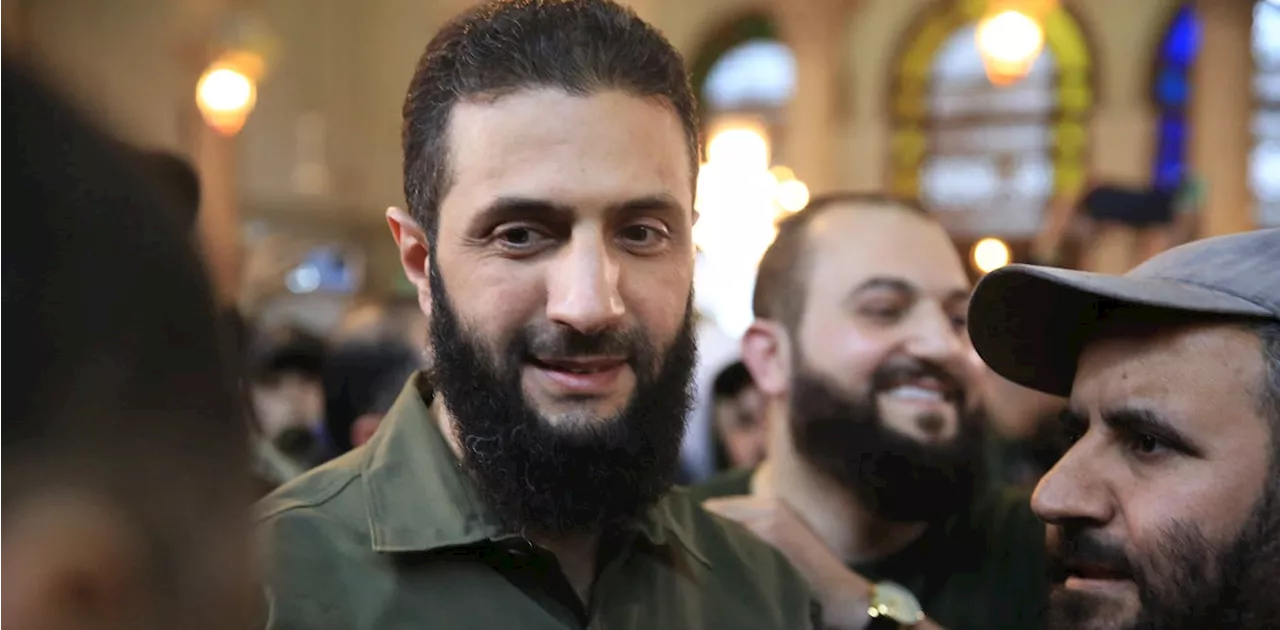This article features an interview with artist Nusra Latif Qureshi, whose first major solo exhibition, Birds in Far Pavilions, is on display at the Art Gallery of New South Wales. The article explores Qureshi's work, focusing on her fragmented female figures, recurring motifs, and the tension between revealing and concealing.
The escalator carries me down to Level 2 of the Art Gallery of New South Wales, where I'm set to interview Melbourne-based, Pakistan-born artist Nusra Latif Qureshi, whose first major solo exhibition is on display here. Birds in Far Pavilions spans three decades of work — from Qureshi's early work when she was training as a painter in Lahore, to her newest installation, Museum of Lost Memories (2024).
I peek into the exhibition while waiting for Qureshi and I'm drawn to a small painting, Sacred Boundaries (1995). At first, I miss it: the figure of a woman fleeing at the frame's edge. Once I see her, I'm struck by how this partial concealment creates tension, a familiar push-and-pull between revealing and concealing.In Sacred Boundaries, Qureshi's 1995 work, the fleeing figure amplifies tension beyond the frame.When Qureshi arrives, I recognise her immediately. She resembles the doubled figure in a painting of hers I've just finished studying, Besides Me (1997). Qureshi has a warm and composed presence — confident yet unembellished — like the women in her paintings who carry a quiet assurance. Nervous — I'm an artist, not a journalist — I begin our interview by asking a standard question about the exhibition's chronology. She smiles, her voice calm: 'We didn't focus on chronology. Instead, we wanted a loose thematic flow. Matt and I looked at how images repeat, how themes simmer beneath the surface.' I ask about the fleeing woman in Sacred Boundaries, and Qureshi tells me this figure anchors the exhibition's energy. I wonder if the women in her paintings represent her.Qureshi's female figures challenge conventions. She rejects static portrayals of women as symbols of beauty or divinity. Her fragmented figures and recurring motifs — hands, fabric, pistols, birds, threads — oscillate between presence and absence. They draw viewers in, asking them to complete the narrative.'I want to reclaim that space on their terms, not as objects of someone else's gaze
ART EXHIBITION INTERVIEW NUSRA LATIF QURESHI FEMALE FIGURE
Australia Latest News, Australia Headlines
Similar News:You can also read news stories similar to this one that we have collected from other news sources.
 Digital Minimalism: Reclaiming Your Time and FocusThis article explores the concept of digital minimalism, a philosophy that encourages individuals to consciously reduce their dependence on technology and reclaim their time and focus. It features the story of Charlie Rewilding, an artist who realized the negative impact of excessive social media use and adopted a more mindful approach to her digital life.
Digital Minimalism: Reclaiming Your Time and FocusThis article explores the concept of digital minimalism, a philosophy that encourages individuals to consciously reduce their dependence on technology and reclaim their time and focus. It features the story of Charlie Rewilding, an artist who realized the negative impact of excessive social media use and adopted a more mindful approach to her digital life.
Read more »
 Reimagining Classics: Reclaiming Voices and Reframing PerspectivesThis article explores contemporary novels that reimagine classic 19th-century works, centering marginalized voices and offering fresh perspectives on social issues.
Reimagining Classics: Reclaiming Voices and Reframing PerspectivesThis article explores contemporary novels that reimagine classic 19th-century works, centering marginalized voices and offering fresh perspectives on social issues.
Read more »
 Reclaiming Your Need for CareThis article explores the tendency to prioritize others' needs at the expense of our own and the detrimental effects of suppressing our vulnerabilities. It delves into the author's personal journey of self-discovery through psychoanalysis, highlighting the importance of acknowledging and addressing our unconscious motivations.
Reclaiming Your Need for CareThis article explores the tendency to prioritize others' needs at the expense of our own and the detrimental effects of suppressing our vulnerabilities. It delves into the author's personal journey of self-discovery through psychoanalysis, highlighting the importance of acknowledging and addressing our unconscious motivations.
Read more »
 Single and Thriving: One Woman's Dating App Horror Story Fuels Trend of Reclaiming SinglehoodAfter a series of disastrous online dating experiences, Cat Cherry decided to embrace singlehood. Her story reflects a growing trend of Australians rejecting traditional relationship norms and celebrating independent living.
Single and Thriving: One Woman's Dating App Horror Story Fuels Trend of Reclaiming SinglehoodAfter a series of disastrous online dating experiences, Cat Cherry decided to embrace singlehood. Her story reflects a growing trend of Australians rejecting traditional relationship norms and celebrating independent living.
Read more »
 How to Beat WhatsApp OverwhelmThis article shares personal strategies for managing anxiety and reclaiming time by reducing WhatsApp usage.
How to Beat WhatsApp OverwhelmThis article shares personal strategies for managing anxiety and reclaiming time by reducing WhatsApp usage.
Read more »
 Abu Mohammed al-Golani may become the face of post-Assad Syria – but who is he and why does he have $10M US bounty on his head?Hayat Tahrir al-Sham, with origins in the terrorist group Nusra Front, spearheaded the rebel advance that ousted longtime Syrian President Bashar al-Assad.
Abu Mohammed al-Golani may become the face of post-Assad Syria – but who is he and why does he have $10M US bounty on his head?Hayat Tahrir al-Sham, with origins in the terrorist group Nusra Front, spearheaded the rebel advance that ousted longtime Syrian President Bashar al-Assad.
Read more »
